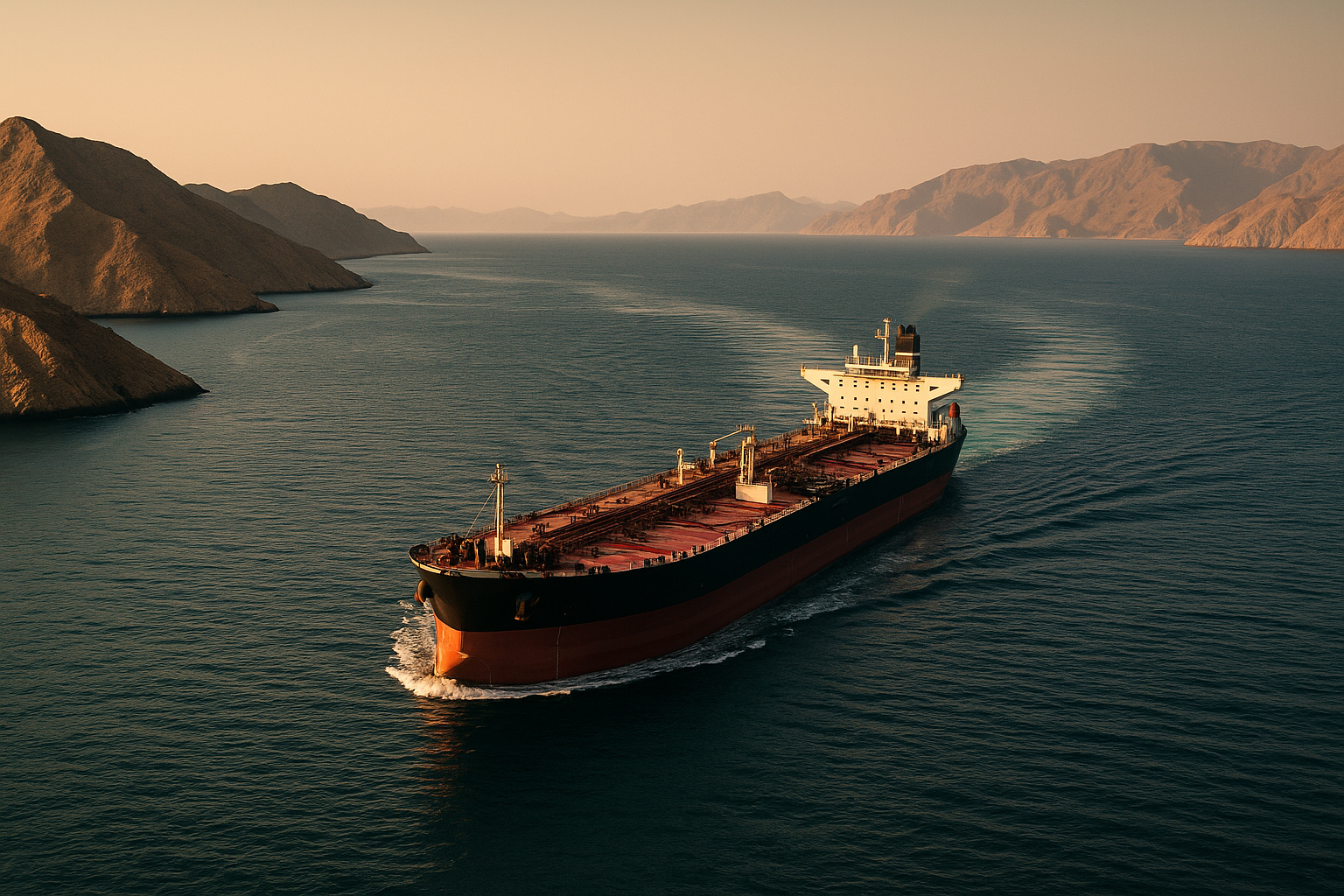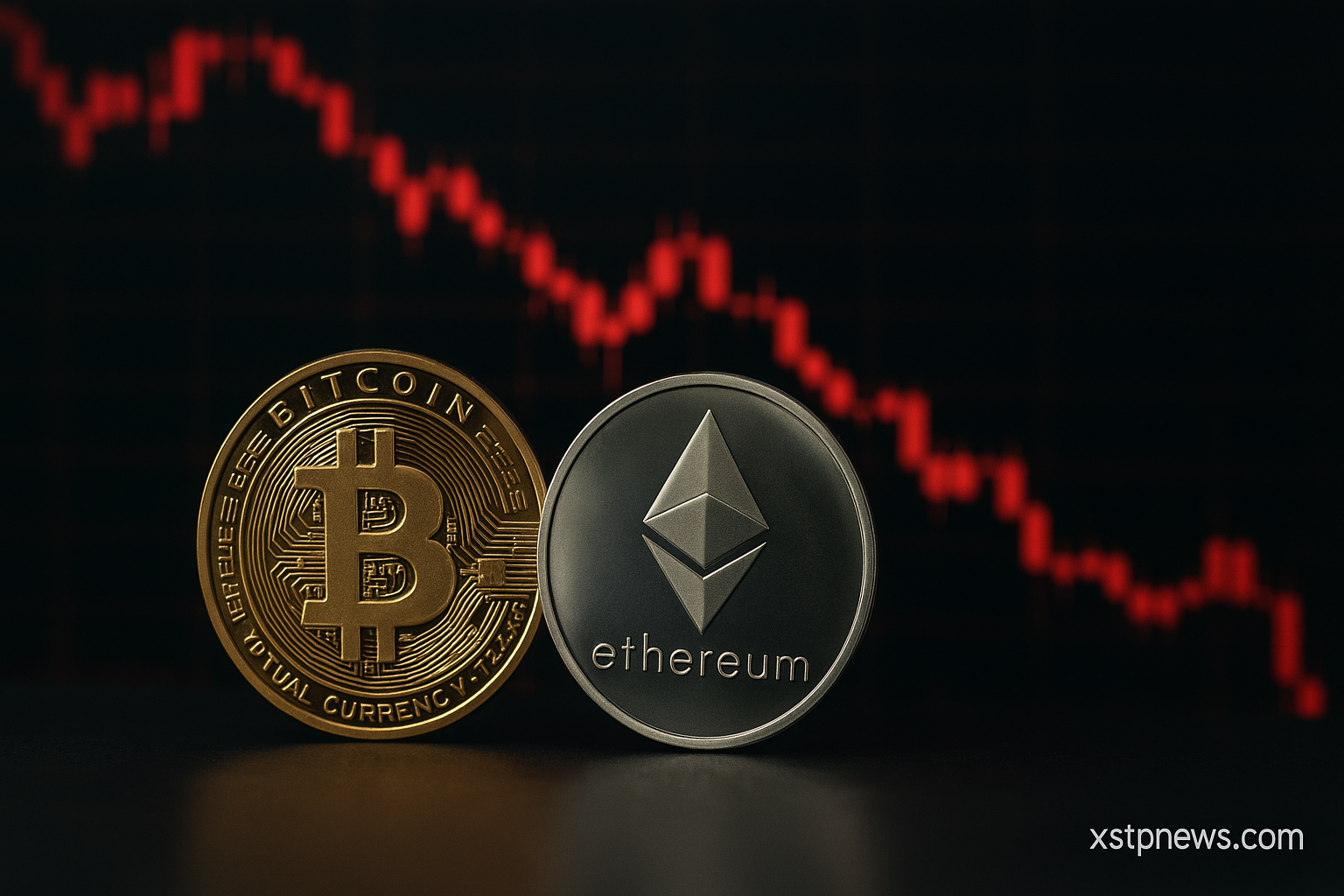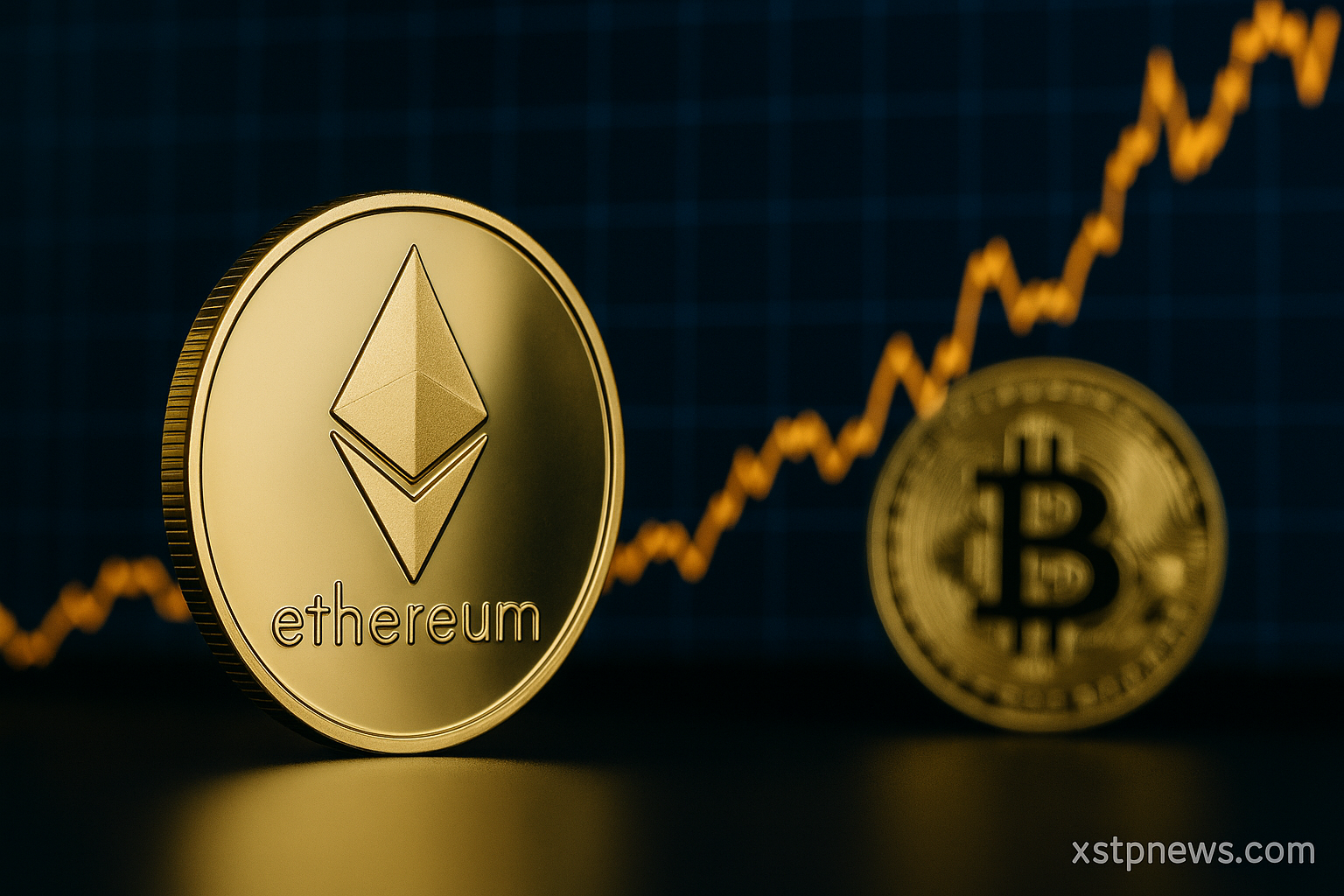The Strait of Hormuz is one of the most strategically important waterways on the planet. Approximately 20 percent of the world’s oil supply, equivalent to over 20 million barrels per day, passes through this narrow channel connecting the Persian Gulf to international waters. This maritime corridor is not just a regional concern. It is a critical lifeline for the global economy.
Amid growing tensions between Iran and Israel, the possibility of disruption in this area has once again gained relevance. Even minor threats of closure have triggered volatility in energy markets. Oil prices have reacted immediately to escalating rhetoric, with Brent crude approaching the 100 dollar mark in response to speculation and fear.
If the flow of oil through the strait were to be significantly reduced or blocked, the impact would be severe and far-reaching. Energy-dependent countries would face immediate inflationary pressure. Shipping insurers would raise premiums. Global trade routes would be forced to adapt, increasing the cost and duration of deliveries. Strategic reserves would be tapped, but supply shortages could persist.
Although Iran has historically used the threat of closure as a political tool, a full blockade remains unlikely. Doing so would damage its own economy and provoke a response from international powers. That said, the mere existence of the threat continues to influence global policy and investor sentiment.
In response, several nations have prepared alternative routes and emergency protocols. The United Arab Emirates and Saudi Arabia have developed pipelines that bypass the strait, though these have limited capacity. Strategic petroleum reserves have been reinforced by major economies to stabilize supply in case of emergency. Naval forces from multiple countries continue to patrol the area to ensure maritime security.
Despite all these measures, the global economy remains highly exposed to developments in this narrow corridor. The shift toward renewable energy and diversified sourcing is progressing but far from complete. Fossil fuels still dominate the energy mix, and the Strait of Hormuz remains the central artery in that system.
What happens in Hormuz affects fuel prices, inflation, trade balance, and even political stability around the world. It is not just a geographic chokepoint. It is a geopolitical barometer. Investors, policymakers, and analysts must treat developments in this region as signals of broader global risks.







